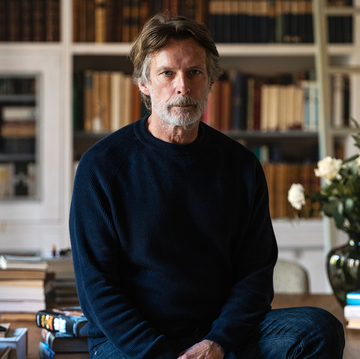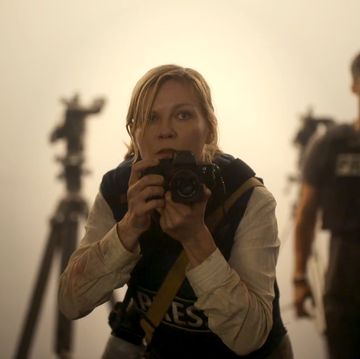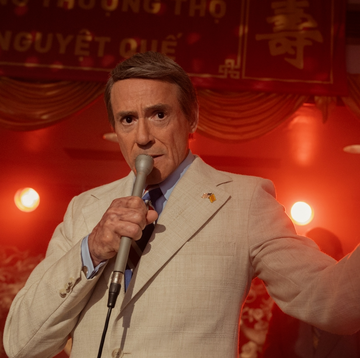Ernest Hemingway's preferred stomping grounds were Cuba, where he fished for marlin, and Africa, where he shot big game in the Serengeti. But Hemingway wrote letters back to America, and shipped his stories there, some of which helped launch Esquire as an arbiter of literary journalism under its first editor, Arnold Gingrich.
Two of Hemingway's letters to Gingrich are going up for auction at Sotheby's as part of the Maurice Neville Collection (which also includes works from literary powerhouses like F. Scott Fitzgerald, Dylan Thomas, and Jack Kerouac.) The first was written from Cuba in 1933. It was a precursor the the first-ever story Hemingway wrote for Esquire, his fishing intensive "Marlin off the Morro," published in the magazine's first-ever issue. The fourth page of this letter, which was never published, discusses renaming his short story "Give Us a Prescription, Dr." as "The Gambler, the Nun, and the Radio." (This was one of his more famous stories.)
The second letter, written to Gingrich from Africa in December 1933 after Esquire ran "Marlin off the Morro," was never published. In it, Hemingway advocates hard for Alfred Vanderbilt—"a good young kid''—to cover racing and horses in Esquire, offering to pay for his fee should Gingrich not want the story. (Vanderbilt did not get the byline.)
"I think they certainly show how close Hemingway was to Gingrich," Sotheby's senior specialist Justin Caldwell says of the letters. "He is up on things. He's keeping an eye on the magazine."
But most remarkably, Hemingway describes his time in "damned wonderful" Africa, of hunting kudu and elephants, and sleeping under blankets in the hot season. He also planned his upcoming stories for Esquire:
I will be glad to do you once a month whenever I get back from this and square away. But this is getting up at 5 a.m. Hunt like a bastard all day (except noon). Dead pooped—too pooped to hold a pen at night and I couldn't promise you what I couldn't produce. Nor will I write unless it's good. But soon may be in shape again (weigh 204 and that's symbolical of general condition) when in shape don't get tired and can write.
He did produce copy from Africa though, including the Tanganyika letters and his short story "The Snows of Kilimanjaro." Sotheby's estimates Hemingway's Cuban letter will go for $10-$15,000, and the African letter $8-$12,000. "But of course," says Caldwell, "we often see things go over their high estimates."
These are only two letters out of many—some unpublished, some simple correspondences, others exploratory pieces of reporting—but they go to show how intrinsically linked Esquire and Hemingway at were in the early years of New Journalism. His influence is still palpable today.














